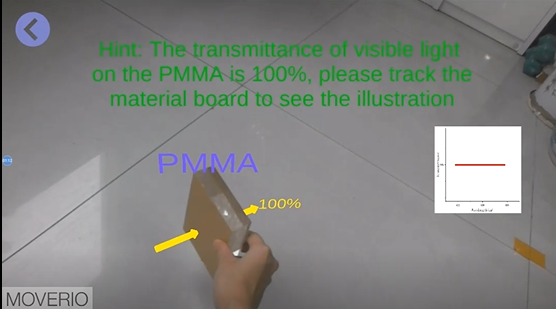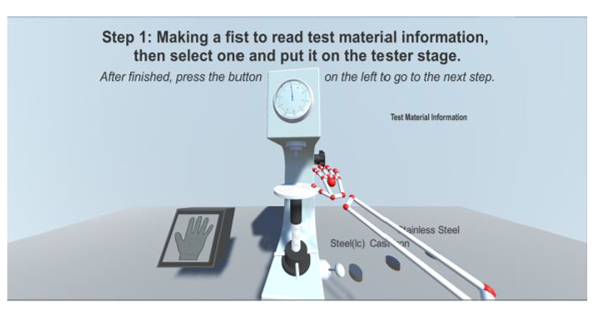Immersive Learning
Immersive learning exploits the opportunities brought by new and emerging virtual reality (VR), augmented reality (AR), and mixed reality (MR) technologies to create effective and engaging learning experiences, across the full span of learning.
Dr. Marie-Luce Bourguet is a member of iLRN (the immersive Learning Research Network). She is academic program chair of iLRN2022 (Vienna, Austria, and online) and iLRN2023 (San Luis Obispo, California, and online), the flagship iLRN Annual Conference.
Together with Sarune Savickaite from Glasgow University, she is organising a workshop on Immersive Learning and Inclusivity at iLRN2023.
She is regularly supervising student graduation projects on the creation of immersive learning resources and experiences. Some of these projects are student-staff co-creation projects done in multidisciplinary partnerships.


Related publications and presentations:
Bourguet M.L., Ye W., and Romero-Gonzalez, M. (2022) Developing Materials Science Experiments Using Augmented Reality: How Much Reality is Needed? the 8th International Conference of the Immersive Learning Network (iLRN 2022), online and in Vienna, 30 May-4 June 2022.
Abstract—This work-in-progress paper presents two Augmented Reality applications for teaching fractography, an important and difficult topic in Materials Science. The first application has little connection with reality, whereas the second application has a strong anchoring and dependency with reality: students need to have prepared physical lab samples to trigger the display of virtual elements on their phone. Student feedback reveals a tension between the teacher’s and some of the students’ views on how much reality is needed. Where the teacher sees the use of physical samples as a means to assess the students’ laboratory skills, many students view Augmented Reality as a learning complement on the theoretical rather than the experimental aspects of fractography.
Bourguet M.L., Romero-Gonzalez, M. (2021) Teaching Invisible Phenomena and Virtual Experiments: Immersion or Augmentation? the 7th International Conference of the Immersive Learning Network (iLRN 2021), online, 17 May-11 June 2021.
Abstract—This paper discusses Immersive Virtual Reality and Augmented Reality for teaching invisible phenomena and virtual science experiments in Materials Science. Immersion, coupled with 3D spatial interaction, is useful when the knowledge to be acquired is procedural, to create a sense of scale and to allow easy navigation within a large experimental space. Immersion is also beneficial to transport the learners into the world of the infinitesimally small, when the phenomena occur at atomic scale. Conversely, augmentation is better for experiencing phenomena that can be triggered by interacting with real objects. Deployment, affordability and use in actual teaching are also discussed.